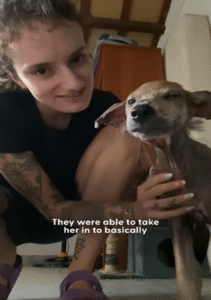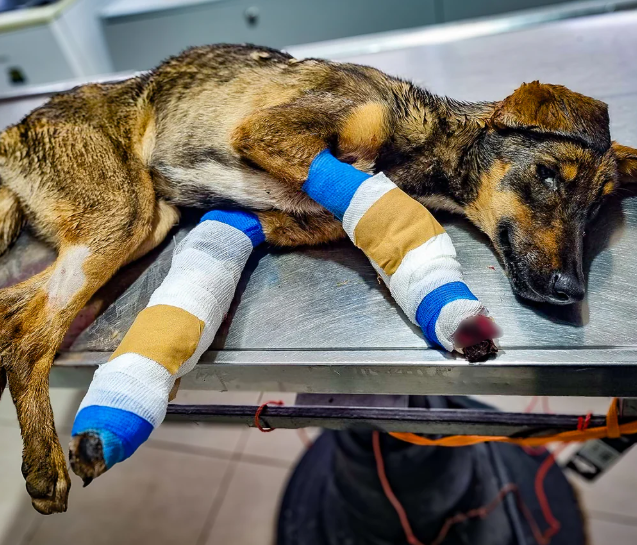I first saw him on that lonely stretch of road behind campus – a scrappy brown dog with matted fur and wary eyes. His ribs showed through his coat, and one paw bled slightly as he limped along the gutter. My pace slowed as we made eye contact, his entire body tense like a coiled spring.
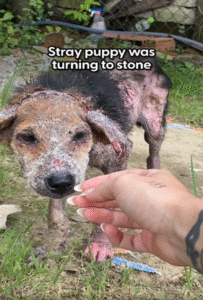
Against my better judgment, I crouched and poured water from my bottle into a discarded chip bag. He inched forward, sniffing aggressively, before lapping at it with surprising gentleness. When droplets splashed his nose, he startled but didn’t run – a small victory that made me smile.
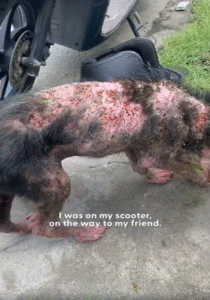
The sandwich from my bag disappeared in two gulps. Up close, I noticed his collar – frayed leather with a rusted tag that read “B…7” – the rest illegible. His ears perked when a motorbike backfired blocks away, and instinctively, he stepped between me and the sound.
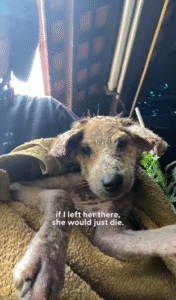
He began following me at a precise three-foot distance, stopping when I stopped. At the crosswalk, he waited patiently beside me like he’d done this a thousand times before. When a cyclist nearly clipped us, a low growl rumbled in his throat – not aggressive, but alert. Protective.
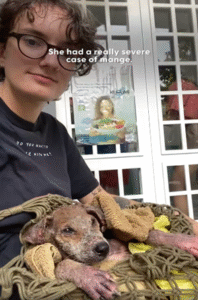
Outside my apartment, I faced a dilemma. He sat patiently on the sidewalk, watching as I fumbled with my keys. The gash on his paw needed attention, but stray dogs don’t belong in no-pet housing. Then he sneezed twice in quick succession – absurdly cute – and my resolve crumbled.
The vet found a microchip. His real name was Bruno, missing for 14 months after his owner’s deployment. As she cleaned his wounds, he kept turning his head to check I was still there, his tail thumping weakly against the exam table whenever our eyes met.
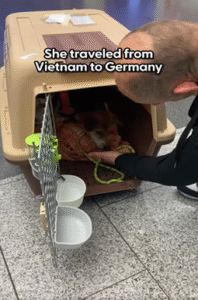
Today, Bruno waits by that same stretch of road every afternoon at 4:15 PM. His coat gleams, his muscles ripple under healthy weight, and his “injured” limp disappears when he races to meet me. Funny how the most meaningful connections often start with a simple choice – to see someone everyone else walks past.
